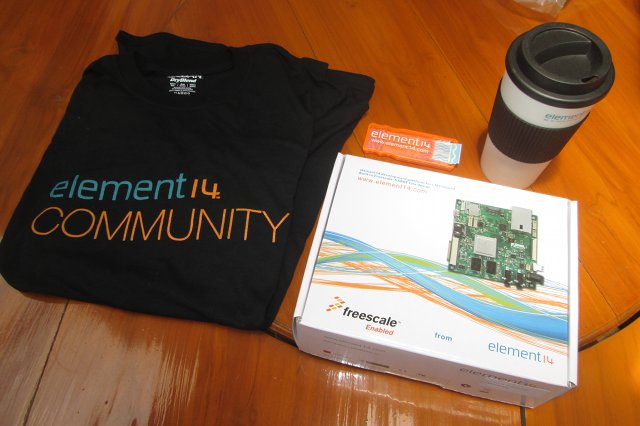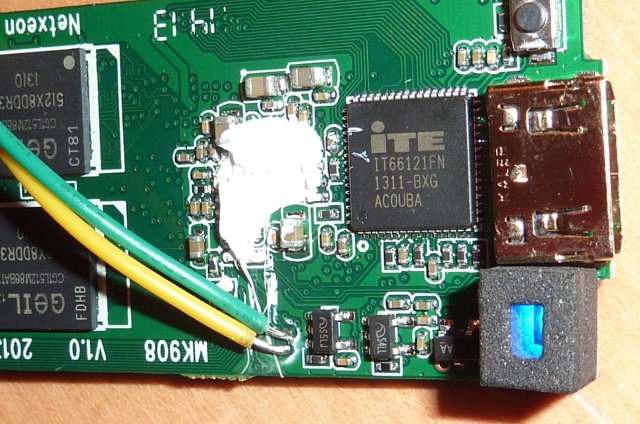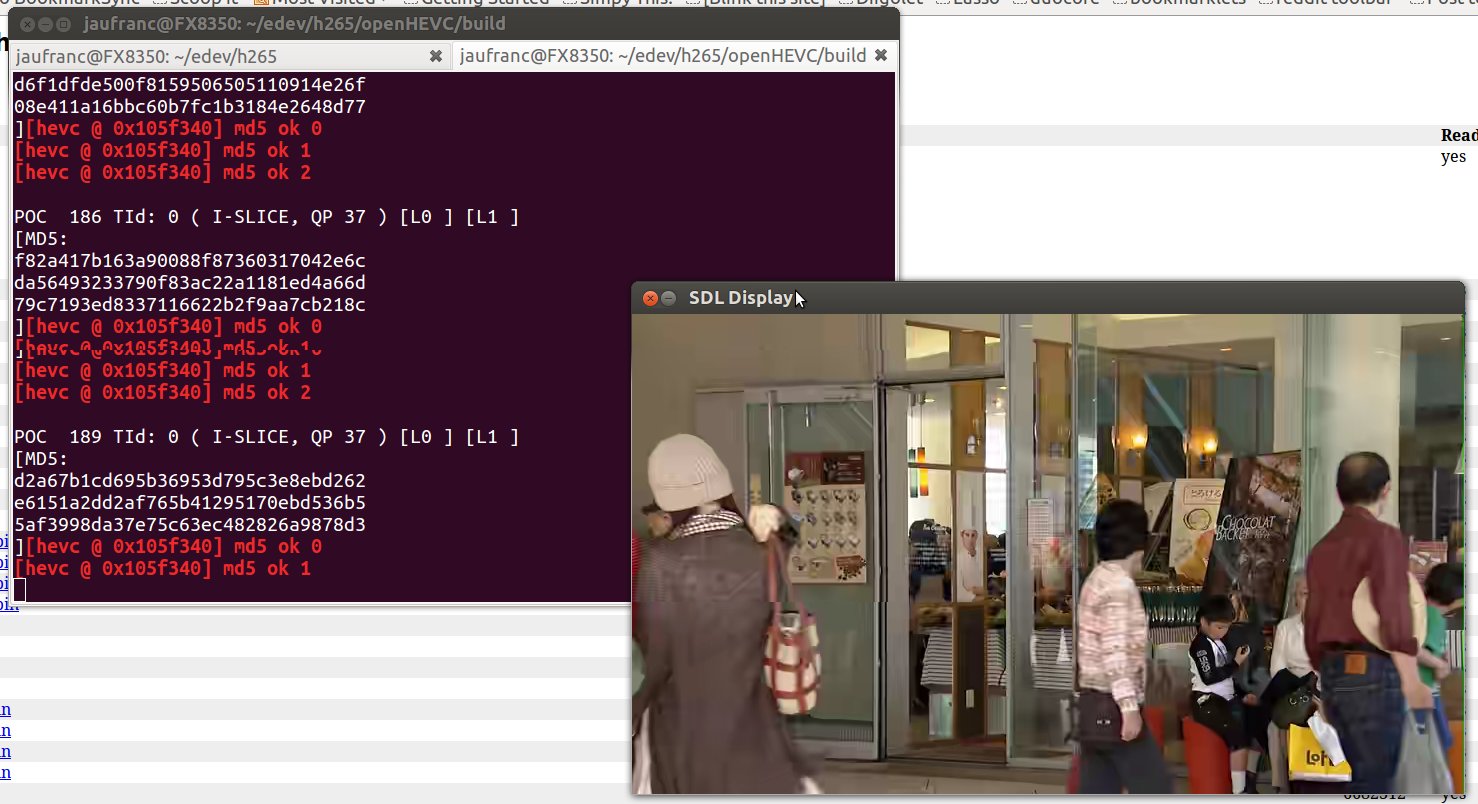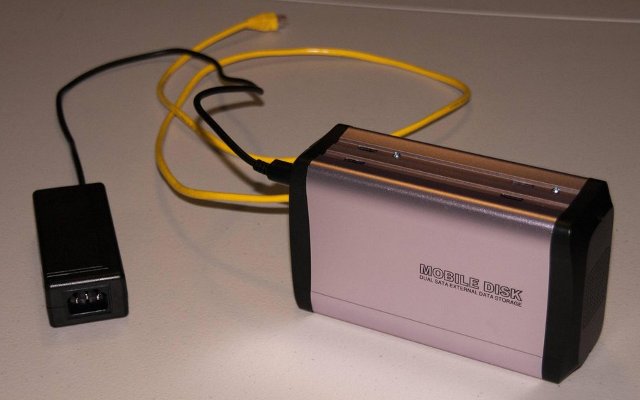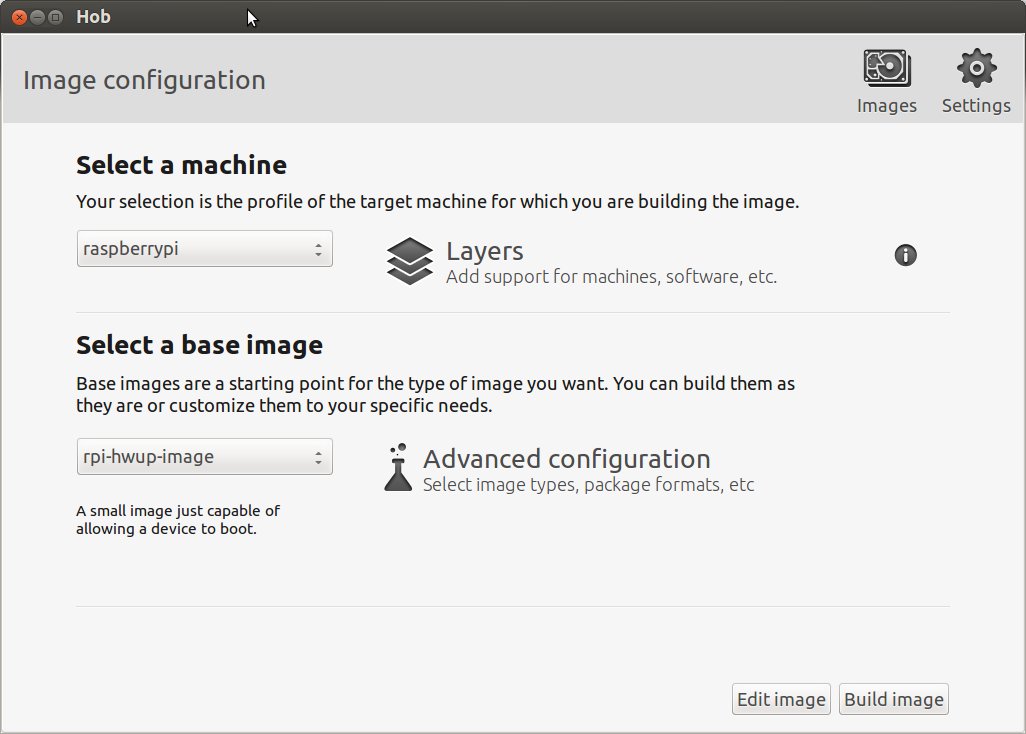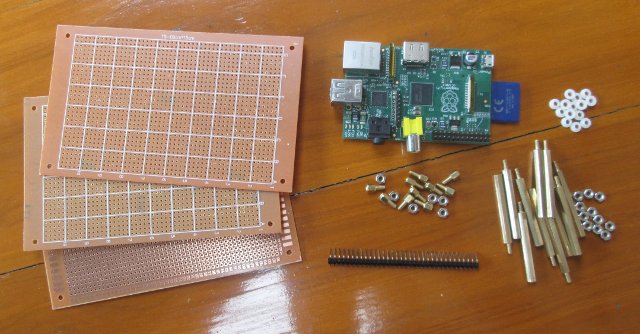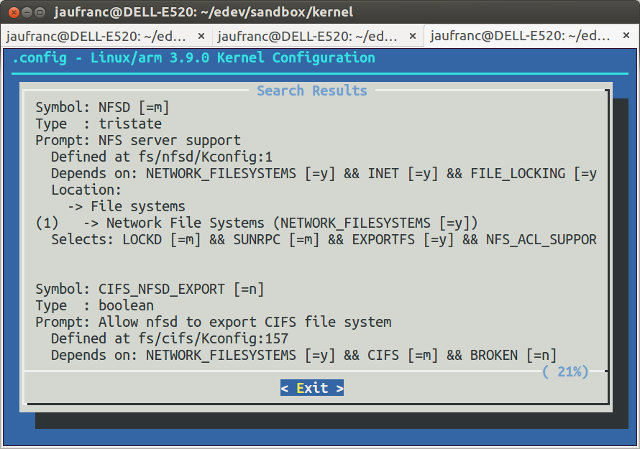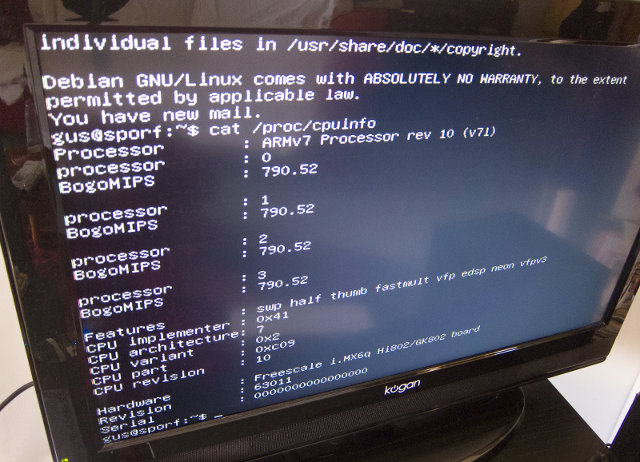Freescale SABRE Lite is a development board powered by i.MX6 Quad processor with 1GB RAM, SATA, GbE Ethernet, and more. You can get SABRE Lite specifications in my first post about the board. I recently participated in Element14’s “brainteaser” competition for the 4th birthday of their community, where the company offered 9 SABRE Lite development kit to randomly selected participants, and I got lucky. The board can be purchased for $179 from Element14 (MCIMX6Q-SL). I’ll start by showing what in the package, followed by a side-by-side comparison with Wandboard Quad, and show how to getting started by following the Quick Start Guide provided with the board. SABRE Lite i.MX6 Development Kit Unboxing I received the board about 5 days after I provided my address in a large staple carton box with a few goodies. Beside SABRE Lite devkit, the package comes with Element14’s T-Shirt (not my size), double walled tumbler, […]
Hacking MK908 mini PC for Serial Console Access
Thanks to Omegamoon (and this brother) we already have instructions to connect the UART pins on MK808 in order to access the serial console. He’s done it again with MK908 mini PC featuring Rockchip RK3188. Tx and Rx pads are located on the RAM chips side, and he has connected the green wire to Tx (Going to Rx on TTL debug board), and a yellow wire to Rx (Tx on debug TTL board). A ground pad is available on the other side of the board. Since I got a sample for review from Geekbuying, I decided to give a try myself. The pad are quite small, so this may require patience, but it’s perfectly feasible. I wanted to keep the device closed, so I passed the wires through the ventilation holes (enlarging them a bit with a precision screwdriver), put back the main heatsink on RK3188, and reassembled the enclosure. […]
Play HEVC/H.265 Videos and Embed HEVC Streams into MP4 and TS Files with openHEVC and GPAC
I wrote an introduction to H.265 (aka HEVC) at the end of last year, including instructions showing how to encode videos to HEVC using the reference implementation. It worked but since it was not optimized for speed, it was extremely slow. Today I’ve stumbled across openHEVC, a open source compliant HEVC video decoder written in C, created as a fork of Libav. This is supposed to work pretty well as the implementation was used at Roland Garros Tennis tournament to playback an 720p50 HEVC stream transmitted over DVB-T2, IPTV, and MPEG DASH. Today I’ll mainly tried out the instructions provided on openHEVC github repo including: Build the source and playing a raw HEVC stream with hevc utility Build GPAC (open source multimedia framework), to get MP4Box, mp42ts, and MP4Client utilities. Import a raw HEVC stream into MP4 and TS containers, and play it back with GPAC tools. I’ve performed the […]
DIY NAS Enclosure for The Cubieboard
The Cubieboard with a 1GHz processor, 1GB RAM, a SATA port and its low price ($49) is probably one the best available options if you want to make your own ARM based NAS. The hardware is easy to get, most of the software components (Linux, SAMBA/NFS server, Bittorrent client, etc…) are available, but there are no NAS enclosure available for the Cubieboard, so this part may be a little tricky. Cubieforums user Vustus has a pretty neat and cost- effective solution for an enclosure based on off-the-shelf parts. If you want to try it yourself, you’ll need the following parts: 3.5″ USB 2.0 aluminum external dual SATA HDD enclosure ($15) – http://www.geeks.com/details.asp?InvtId=ET-3541S 10″ Flat SATA cable ($2.49) – http://www.newegg.com/Product/Product.aspx?Item=N82E16812119365 SATA Y cable for power ($4.99) – http://www.newegg.com/Product/Product.aspx?Item=N82E16812198015 Power cable for th Cubieboard (taken from PSP power supply, as a cable would cost about $7 according to vustus) ($4.29) – http://www.amazon.com/gp/product/B002TK3GH8 […]
12MB Minimal Image for Raspberry Pi using the Yocto Project
Last year, I wrote instructions and provided a download link about a minimal image for Raspberry Pi based on Raspbian. The compressed image is 84MB, and the good thing about it is that you can just use apt-get to install packages. The problem is that it’s not actually that small as once it is uncompressed the rootfs is still a massive 414 MB. So today, I’ll explain how to create a smaller (and custom) image using the Yocto Project, a platform that let you build an embedded Linux distribution matching exactly your project’s requirements. Other advantages are that the build is configurable with config files, so it’s easily reproducible with a few command lines, and it might turn out to be useful to learn more about the Yocto Project as many boards and SoC are now making use of the framework, including Freescale i.MX6 (Wandboard, Olinuxino-imx233, Sabrelite, etc…), the Beagleboard, […]
DIY Modular Stripboard / Perfboard Casing for Raspberry Pi (Part 1)
I plan to play around with Bluetooth 4.0 LE in Linux using the Raspberry Pi as an hardware platform together with a small LCD display and possibly a relay board. Instead of having boards spread around, I thought it might be a good idea if I could design a case for my setup. I wanted to be able to connect small external boards and things like LEDs, it had to be easily assembled and disassembled, modular so that I could add or remove circuits easily, and about as cheap as existing “dumb” cases. So I though why not use stripboards (perfboards) for that? I searched the web to find out if other people had the same idea, and could only find one other person, but he does not appear to have completed assembly, nor actually used the stripboards to add hardware features. I decided to give it a try anyway, […]
How to Find Configuration Options Quickly in Make Menuconfig
If you’ve ever compiled the Linux kernel, you’ll know make menuconfig is the command line used to unset/set options, disable/enable modules in order to match your hardware and requirements. I used to simply browse in the menu to find the option, and just remember the correct path. Sometimes I just looked at .config to locate the option I needed, and the possible path in make menuconfig. The first time you use a new option it can be time consuming. But I’ve just found there is a better way via Google+. “/” is actually available in make menuconfig, just like it is in vi/vim. If you want to enable NFS server in your kernel, press “/”, and search for NFSD. It will show the list of results with “NFSD” strings. NFS server support is right at the top, and the path is shown to be File Systems->Network File Systems. The neat […]
Debian 7.0 Installer for Hi802 / GK802 mini PCs
We’ve had Ubuntu support on i.MX6 HDMI dongles, specifically HiApad Hi802 and Zealz GK802, for a little while, but for those who prefer Debian distribution, a Debian installer is now available thanks to Angus Gratton. Bear in mind that 2D/3D GPU acceleration is disabled in order to save 192MB RAM, as this image is mainly destined to server and/or robotic applications. If you need a desktop experience with GPU acceleration, you’d have to use Ubuntu, or you may try enable it in Debian, and see if it works, but this has not been tested. The instructions below are to be used with the internal microSD card, but if you’re ready to hack a bit around, it might be possible to run the installer from an external microSD or USB device thanks to Jasbir’s U-boot multiboot. You’d still need to use an internal microSD, but you’d only have to open the […]


